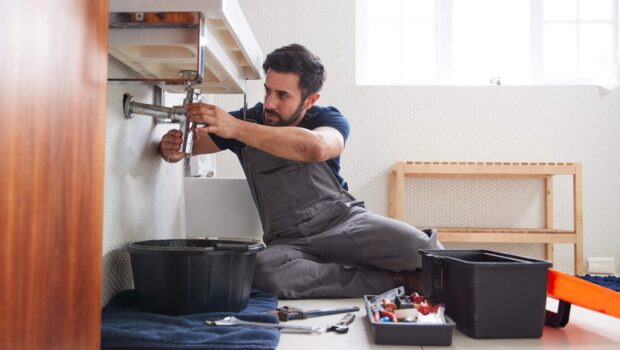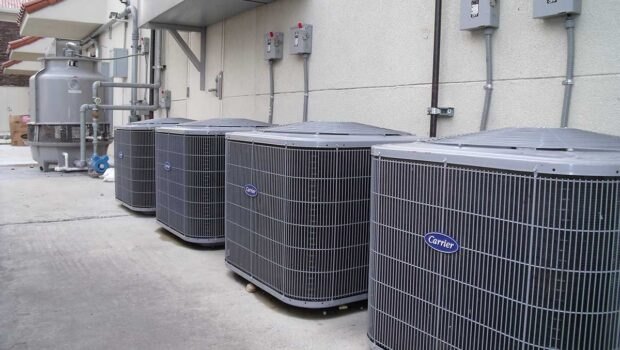Hello there! As an expert in the water leak detection industry, I’m here to share some valuable insights with you. Did you know that water leaks can cause significant damage to both commercial and private facilities? That’s why it’s crucial to know which areas of buildings are most likely to experience water leaks.
Let’s start with commercial structures. The top areas where water leaks are most likely to occur are the restrooms and kitchens. These areas have high water usage, and the pipes and fixtures in these spaces are under constant pressure, leading to a higher likelihood of leaks. It’s important to regularly inspect these areas and have a reliable water leak detection system in place to detect leaks as soon as possible.
In addition to restrooms and kitchens, the HVAC systems in commercial buildings can also be a source of water leaks. Condensation can build up in the pipes, and if there are any cracks or leaks, water can seep into the surrounding areas. This can lead to mold growth, which can be a health hazard for occupants.
Now, let’s talk about private facilities. The top areas where water leaks are most likely to occur in homes are the bathrooms and kitchen. Like in commercial buildings, these areas have high water usage and are under constant pressure. You may also want to inspect areas like the laundry room, where water supply lines can become damaged or corroded over time.
Another area in private homes where water leaks can occur is the basement. Basements are particularly prone to flooding, especially if the home is in a low-lying area or has a high water table. It’s crucial to have a reliable water leak detection system in place to detect leaks and prevent damage to the home’s foundation and structure.
In conclusion, water leaks can cause significant damage to both commercial and private facilities. By knowing which areas of buildings are most likely to experience water leaks and having a reliable water leak detection system in place, you can prevent damage and save money on costly repairs. Don’t wait until it’s too late, take action now to protect your property.





